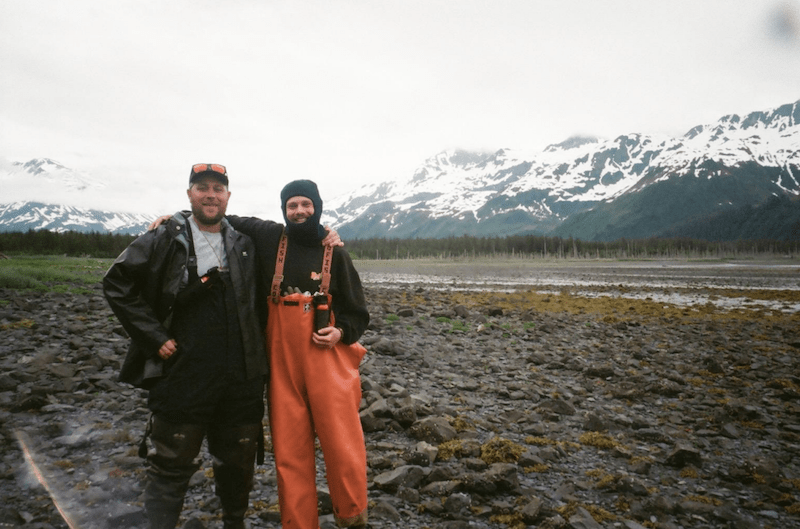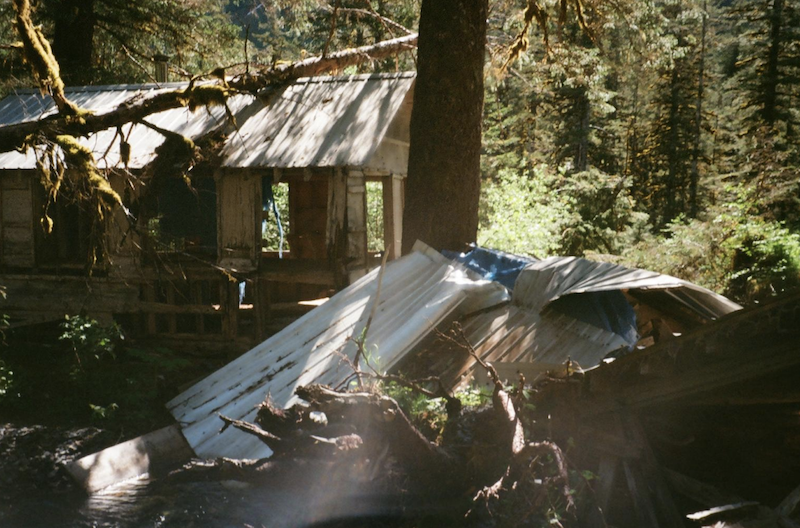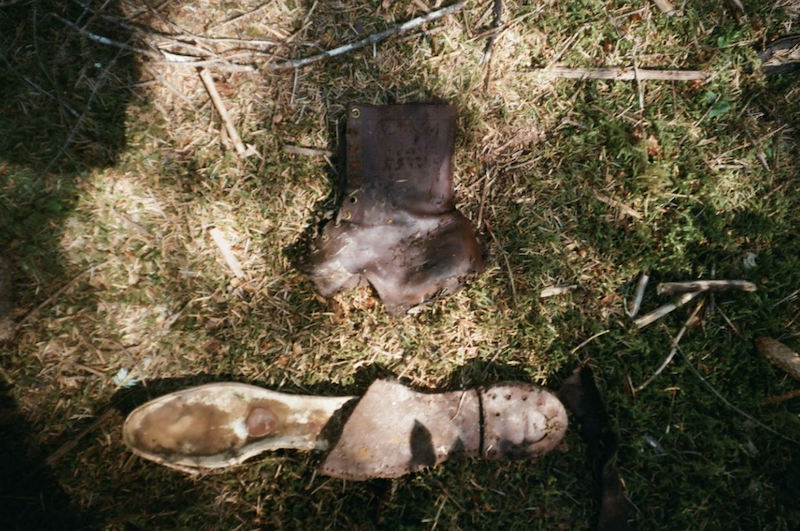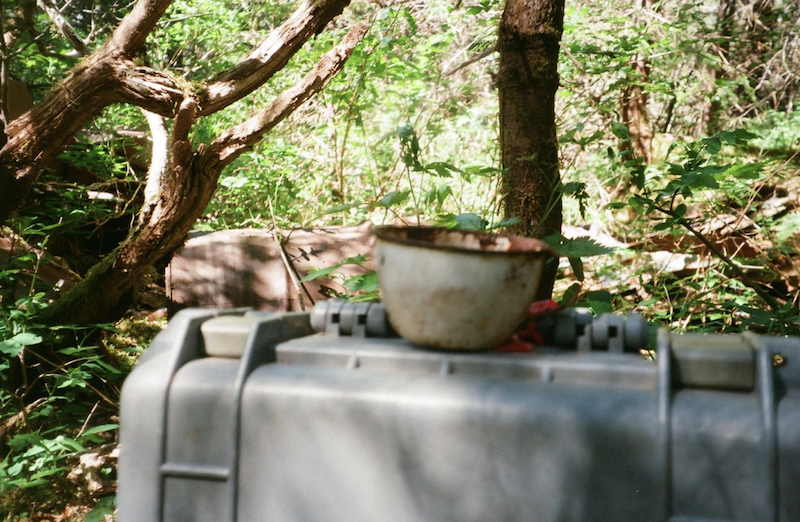My Evolving Understanding of Archeology
Written by: Martin Schneider
Before participating in this internship, I had almost no experience in the field of archeology. I had taken some archeology courses as an undergrad but had never taken part in a dig, fieldwork, or surveyed an area. As cliche as it sounds, Indiana Jones was my childhood hero, and I dreamed of being an archeologist like him. Getting accepted into this program was a dream come true. I couldn’t wait to start digging for artifacts. My imagination went wild with all the potential discoveries I would make. I quickly learned that there’s much more to archeology than excavating and digging up artifacts.

Seasonal archeology technician, Sean Sullivan and myself in Nuka Bay
In mid-June, the archeology supervisor, seasonal technician, and I went on a week-long excursion to the remote Nuka Bay area to survey three historic lode gold mines. We explored the Sonny-Fox Mine, dating to the 1910s-1940s. While touring the site, we traversed through an overgrown area that had been a refuse pit. As we walked, the crunch of glass bottles was audible, and many artifacts were visible. I traversed the site, walking with extreme care and delicacy. I easily removed a few artifacts, including a small glass bottle, a metal cup, and a leather boot.

View of Sonny-Fox Mine

Leather boot unearthed at Sonny-Fox Mine

Metal cup unearthed at Sonny-Fox Mine
Beaming with excitement, I asked my supervisor if we would ever fully excavate the refuse pit. To this, he said no. I was confused, but he explained that while the presence of artifacts in this area is undeniable, there is little to no interest in artifacts from this period or in artifacts in such poor condition. While excavating the site would unearth many objects, with no museum interest and an inability by the Park Service to house, catalog, and maintain so many artifacts, their safety would be in doubt, and many would be lost. He continued, saying the “primary goal of archeologists is preserving historical objects. If these objects are safe in the ground, the ground is where they will stay. Nature I find is often the best preserver.” This was a bit of a shock. I always thought archeologists were trying to unearth as many artifacts as possible. I never considered buried artifacts “preserved” or the logistical difficulties of housing these objects. This experience drastically changed how I see the archeology field and its goals. In the past, I thought the goal was the unearthing of artifacts. Now I think of it as the preservation of history.
Interested in conservation efforts and want to learn about American Conservation Experience? If so, click here to view our programs, including our Conservation Crew and Emerging Professionals in Conservation (EPIC) programs. Click here to view conservation project locations across the United States.
Amazing!
What a wonderful program for young people considering this narrow field, a mix of the humanities/sciences. !!